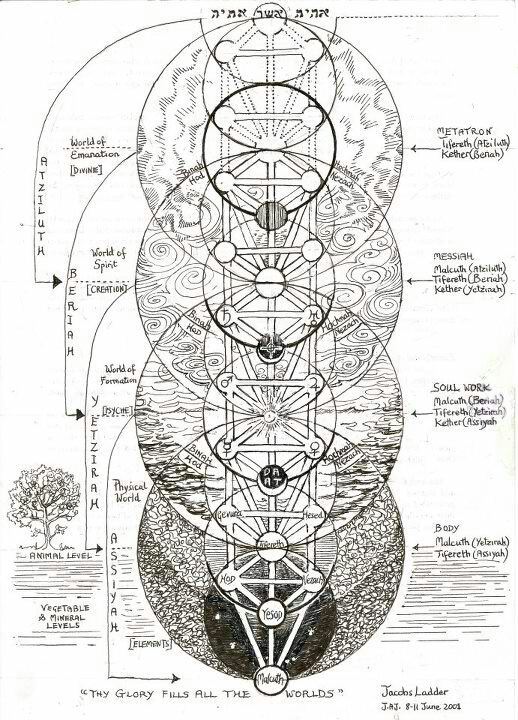An enthusiasm for measurement and quantification was a new characteristic of fourteenth and fifteenth-century culture; the counting of Christ's wounds and the exact calculations of indulgences surely reflect this. But the sense that length is a metonym for person has far older roots. [...]
We are told, for example, in a 12th century account of wonders at Becket's tomb that a certain Ethelburga wished to give the martyr a candle made to the length of her gouty left arm, in the hope of a cure. The miracle consisted in that fact that she "had scarcely begun to measure [the limb] with a thread than.. she felt all the pain receding."Because made to her length, the candle was Ethelburga. If made to the dimensions supposedly given in a vision or brought from the Holy Land, and image of the wound was Christ.
--Caroline Walker Bynum, "Violent Imagery and Late Medieval Piety," German Historical Institute Bulletin 30 (2002).
"... a method of healing was called measuring the pentacle. It consisted of stretching a string to the patient's five extremities shown on Microcosmic Man's pentacle, then steeping the string in healing waters, or burning it and mixing the ashes in water, to make a potion for the patient to drink."
--Barbara G. Walker, The Woman's Dictionary of Symbols and Sacred Objects
"Unique in horizontal measurement, and very rare, is the method of measuring an asthmatic child n Illinois. Here stakes were driven at the head and at the foot of the child lying of the ground under the eaves of the house, and it was believed that, as the child outgrew the distance between the stakes, he would outgrow his asthma."
--Wayland Debs Hand, Magical Medicine: The Folkloric Component of Medicine in the Folk Belief, Custom, and Ritual of the Peoples of Europe and America
























